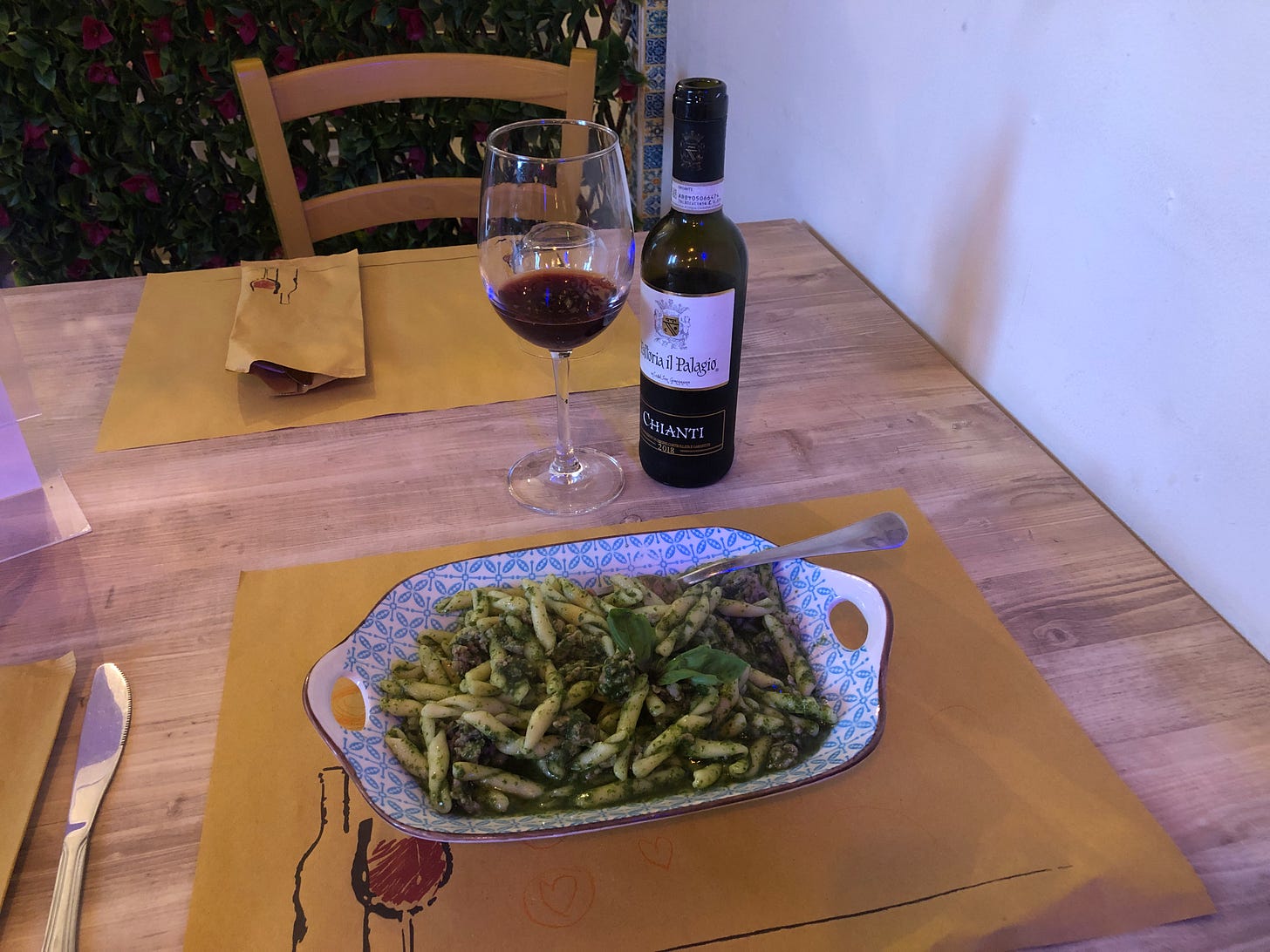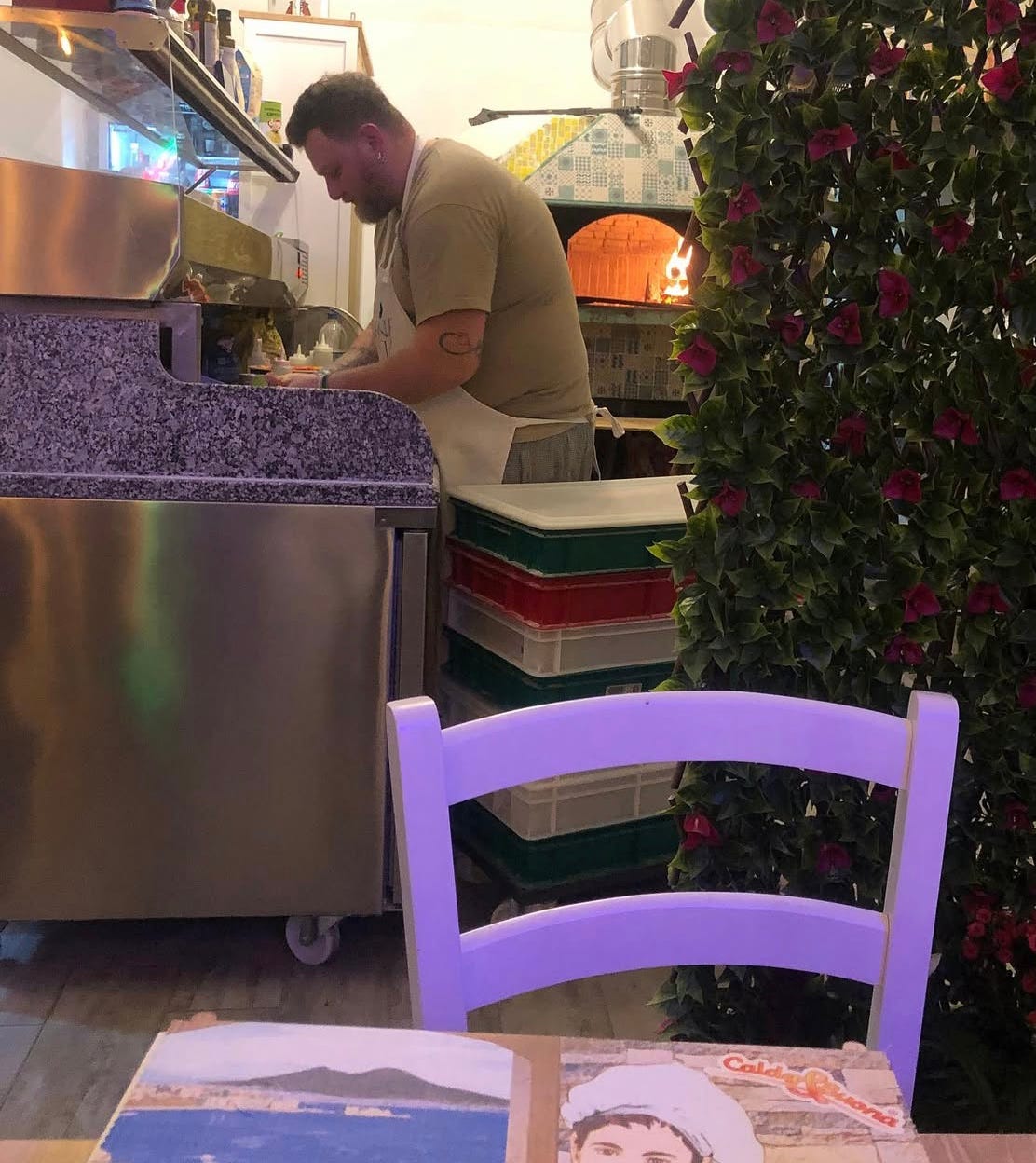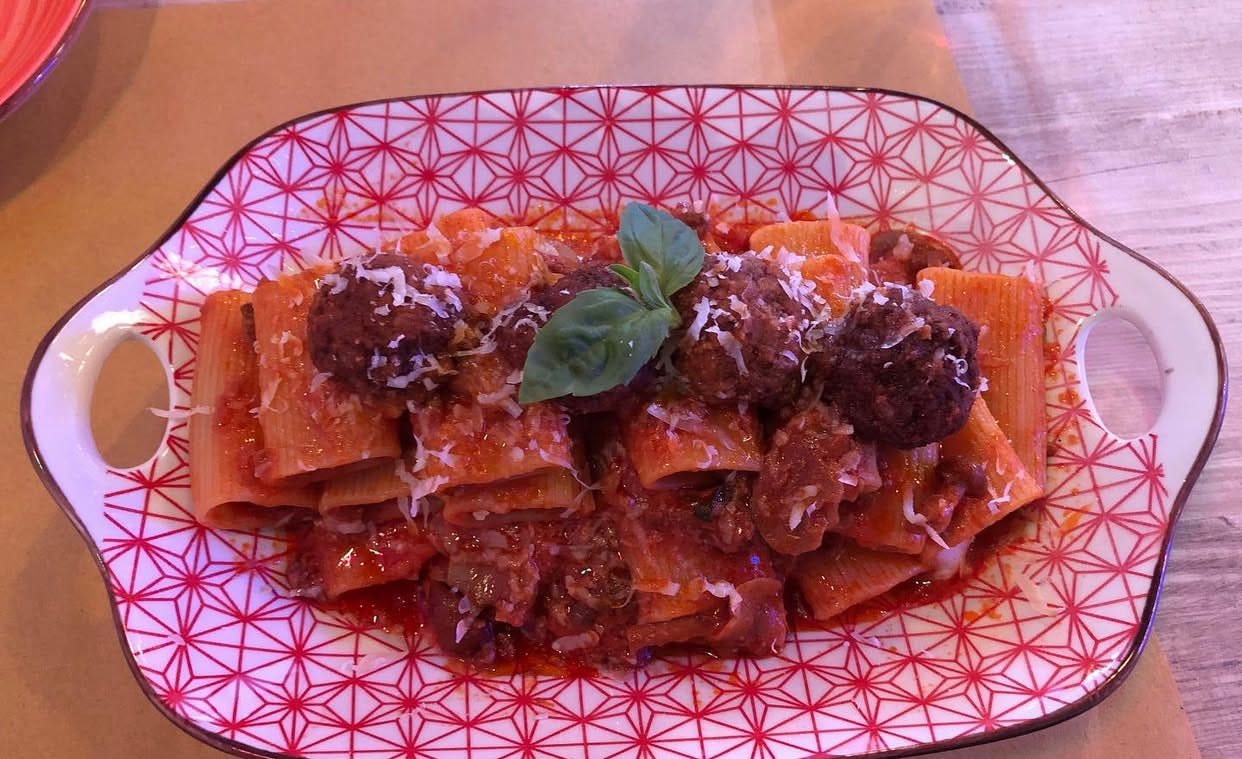Il Meglio di Noi (The Best of Us)
Essere innamorati, essere amati e apprezzare l'arte: questi sogni sono ora realtà. (Being in love, being loved, and appreciating art: these dreams are now reality.)
È un pittoresco cliché, quello dello scrittore americano che scopre il villaggio europeo in cui scrivere il grande romanzo. E in quel villaggio diventa un camaleonte, imparando quel tanto che basta della lingua e dei nomi locali per sopravvivere quando non è isolato e sanguinante alla tastiera. Alla fine lo scrittore se ne va: il suo cuore sarà colmo di malinconia o di gioia? O fingerà distaccata obiettività e indifferenza, allontanandosi allegramente – forse come meccanismo protettivo – da coloro che lo avevano accolto, nutrito e abbracciato? Lo scrittore non può essere senz'anima. Deve amare. E deve soffrire le lacrime dell'assenza per essere un creativo appassionato.
It is a picturesque cliché, that of the American writer who discovers the European village in which to write the great novel. And in that village he becomes a chameleon, learning just enough of the local language and names to survive when he is not isolated and bleeding at the keyboard. In the end the writer leaves: will his heart be filled with melancholy or joy? Or will he feign detached objectivity and indifference, cheerfully walking away – perhaps as a protective mechanism – from those who had welcomed, nourished and embraced him? The writer cannot be soulless. He must love. And he must suffer the tears of absence to be a passionate creative.
Karmine D'Auria è un'artista, ma forse questa è un'analisi troppo semplicistica, considerando la bellezza e la maestria del suo talenti. Scultrice e pittrice, costruiscono monumenti del passato, del presente e del futuro, a volte per sé stesse o allegoricamente, ma non nutrono nessuno. Magnifiche opere di alabastro e marmo giacciono, immobili, in giardini e musei, mentre dipinti a olio di grandi maestri le accompagnano all'interno di imponenti edifici, cantine e caveau. Guardare Karmine è come guardare Michelangelo o Picasso, Donatello o Pollack. È una sinfonia di ingredienti, sapori e amore che i compositori comprendono quando l'orchestra ruggisce. E il mio posto in prima fila è il meglio che Farine di Mela ha da offrire.
Karmine D'Auria is an artist, but perhaps that is too simplistic an analysis, considering the beauty and mastery of his talents. Sculptor and painter, they build monuments of the past, present and future, sometimes for themselves or allegorically, but they feed no one. Magnificent works of alabaster and marble lie, still, in gardens and museums, while oil paintings by great masters accompany them inside imposing buildings, cellars and vaults. Looking at Karmine is like looking at Michelangelo or Picasso, Donatello or Pollack. It is a symphony of ingredients, flavors and love that composers understand when the orchestra roars. And my front row seat is the best Farine di Mela has to offer.
Sono entrato nel ristorante meno di un mese fa, cieco. E ora sono fortunato ad aver riacquistato la vista. Il mio obiettivo non era altro che un pasto soddisfacente a Fognano. Sì, avevo fatto ricerche sull'azienda a conduzione familiare diverse settimane prima e avevo persino chiacchierato sui social con la brillante moglie e compagna di Karmine, Carmen, ma non mi aspettavo di innamorarmi di ogni portata, ogni boccone e ogni sorso (beh, di più) di Chianti e Sangiovese. Ma è quello che è successo. Tutto ha un sapore migliore quando lo guardi mentre viene preparato, quando viene servito con un sorriso e quando le conversazioni sbocciano non per necessità, ma per genuinità. Con questi nuovi amici, sono la versione migliore di me stesso. E questo è un dono che solo un artista può fare.
I walked into the restaurant less than a month ago, blind. And now I’m blessed to have my sight back. My goal was nothing more than a satisfying meal in Fognano. Yes, I had researched the family-run business several weeks before and even chatted on social media with Karmine’s brilliant wife and partner, Carmen, but I didn’t expect to fall in love with every course, every bite, and every sip (well, more) of Chianti and Sangiovese. But that’s what happened. Everything tastes better when you watch it being prepared, when it’s served with a smile, and when conversations blossom not out of necessity, but out of genuineness. With these new friends, I am the best version of myself. And that’s a gift only an artist can give.
Mia è seduta al mio tavolo. Abbiamo disegnato insieme, mi ha tatuato le mani e oggi ha coperto i tatuaggi sugli avambracci. Il sorriso di suo fratello Chilo è radioso. Si aggirano per il ristorante, ballando e intrattenendo gli ospiti. Osservo la generazione successiva osservare i propri genitori: non è solo un apprendistato, è uno stile di vita. Per molti versi invidio questo legame familiare: la natura discontinua della mia giovinezza e le sue insidie così diametralmente opposte a questo splendido mosaico nato a Napoli. Il sapore del vino indugia sulle mie labbra mentre mi entra nell'anima, un'anima riscaldata dalla vista del caos di un ristorante affollato di sera, con i bambini che giocano e ogni pasto costruito con amore.
Mia sits at my table. We drew together, she painted my hands, and today she covered the tattoos on my forearms with bandaids. Her brother Chilo’s smile is radiant. They roam the restaurant, dancing and entertaining the guests. I watch the next generation watch their parents: it’s not just an apprenticeship, it’s a way of life. In many ways I envy this family bond: the discontinuous nature of my youth and its pitfalls so diametrically opposed to this beautiful mosaic born in Naples. The taste of wine lingers on my lips as it enters my soul, a soul warmed by the sight of the chaos of a crowded restaurant at night, with children playing and each meal constructed with love.
Carmen mi chiese cosa volessi. La mia risposta? "Sorprendimi". E poi arrivò questa deliziosa specialità di rigatoni fatte in casa. Avrebbe potuto essere esposta a Palazzo Pitti, al Louvre o al Metropolitan Museum of Art, ma era davanti a me. Era mia. Il piatto non proveniva da una catena di montaggio per microonde; non ci sarebbe mai stata una replica esatta. Scelsi di mangiare lentamente, di farlo durare, di distribuire equamente la porzione di ogni forchettata. Era una disciplina sconosciuta, poco praticata, forse grezza, ma imparo in fretta. Chiusi gli occhi per un attimo. Come ho fatto ad avere questa fortuna? Me lo merito? È questo il significato della sindrome dell'impostore? Ma sono qui a vivere questa vita nel presente, senza fingere, sanguinando sulla mia tastiera e accaldata dai pasti, dal vino e dal cameratismo. Aprii gli occhi e l'arte si rivelò.
Carmen asked me what I wanted. My answer? “Surprise me.” And then came this delicious homemade rigatoni. It could have been on display in the Palazzo Pitti, The Louvre, or the Metropolitan Museum of Art, but it was in front of me. It was mine. The dish did not come from a microwave assembly line; there would never be an exact replica. I chose to eat slowly, to make it last, to portion out each forkful evenly. It was an unfamiliar discipline, little practiced, perhaps crude, but I learn quickly. I closed my eyes for a moment. How did I get this lucky? Do I deserve it? Is this what impostor syndrome means? But here I am, living this life in the present, without pretending, bleeding on my keyboard and warm from the meals and wine and camaraderie. I opened my eyes and art revealed itself.









